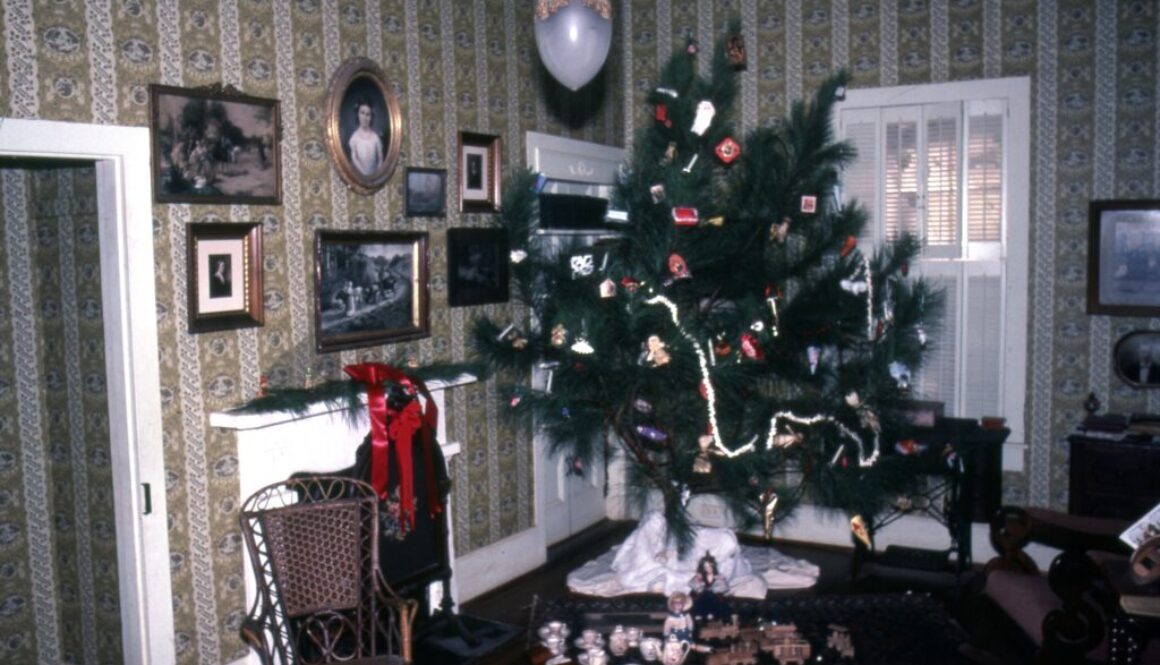
emergencyadmin
Posts by :

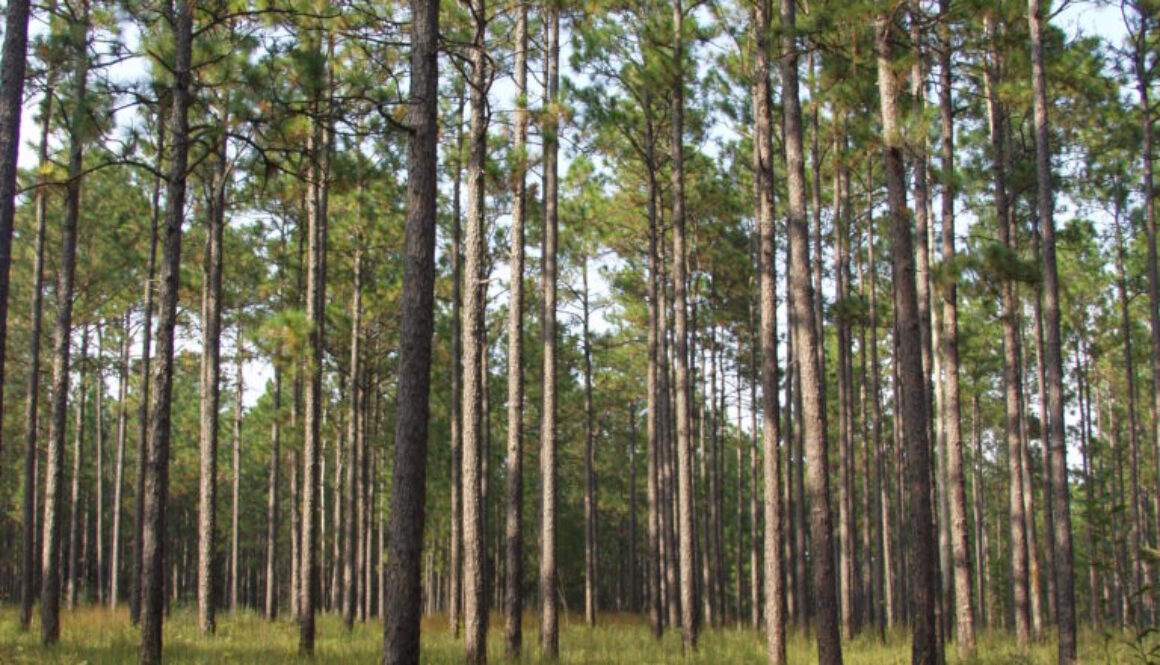
Getting to the Point: Red Hills, Bue Skies (Indigenous exhibit), led by Meme
Tickets | November 23 | 2pm

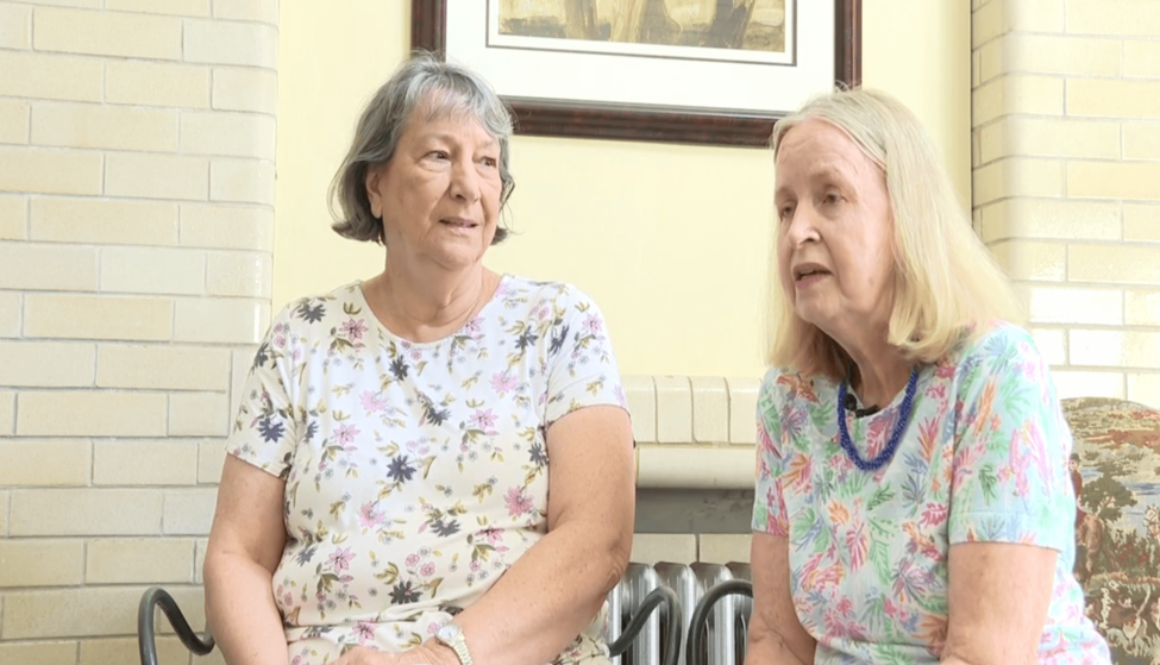
As world prepares for Paris, Thomasville reflects on hosting torch in 1996
Thousands of neighbors gathered at the Thomas County Courthouse to witness the Olympic Torch passing through Thomasville in 1996. Beloved principal Mary Grubbs, who carried the torch, left a lasting legacy, remembered fondly by the community. Read more about this story from WTXL here.


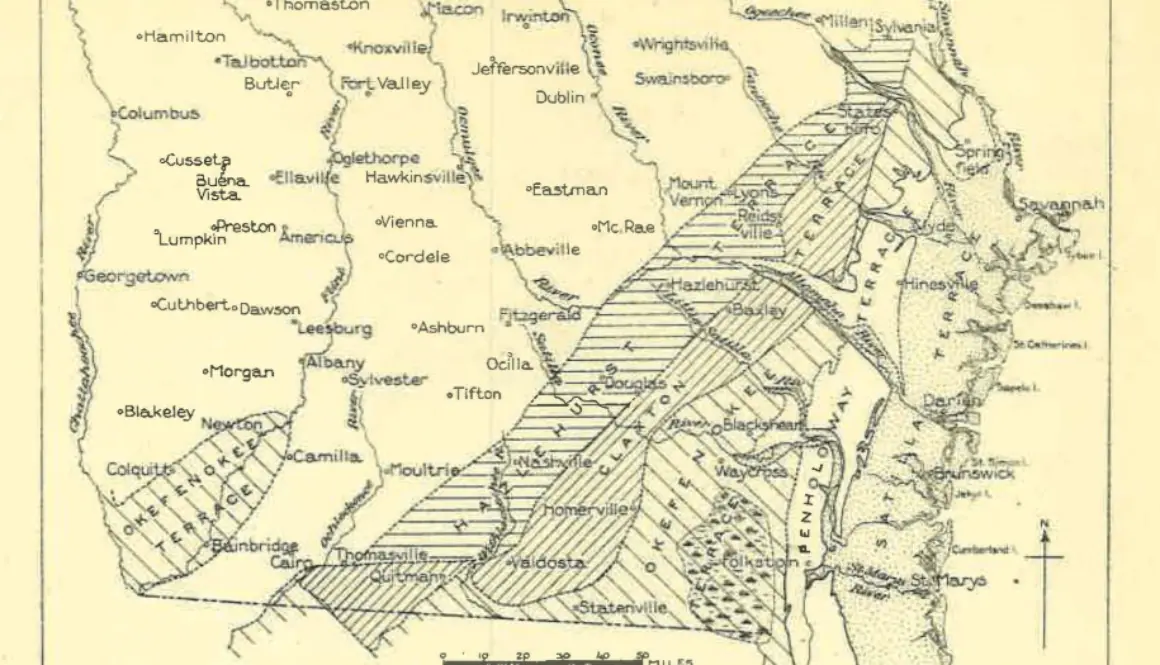
Under the Sea
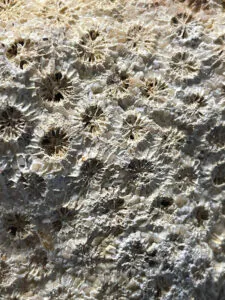 Have you ever wanted to own beachfront property? Well, if you own land in Thomas County or the surrounding area, congratulations! You are the proud owner of beachfront property!
Have you ever wanted to own beachfront property? Well, if you own land in Thomas County or the surrounding area, congratulations! You are the proud owner of beachfront property!
Or at least you would be if you had that property some 250 million years ago.
That was roughly the last time our area was underwater. Right around the transition from the Pliocene Epoch, a time 5.3 to 2.6 million years ago in which the climate was warmer and more tropical, to the Pleistocene Epoch, a time 2.58 million to 11,000 years ago also known as the “Ice Age,” our area was mostly submerged up to the Hazelhurst Terrace, an area that ran roughly from Cairo up to Sylvania, Georgia along the modern coastline. Slowly, the water began to recede as global temperatures dropped and water cooled into glaciers far north of our region. As this process went on, the receding water revealed islands, one of them located on what is now 319 along the state border. There’s a fun fact you can throw out the next time you pass the border on the way to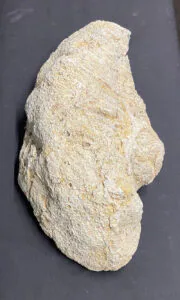 Tallahassee!
Tallahassee!
After a few more thousand or so years, the coastline receded to an area called the Okefenokee Terrace, revealing the land that would one day be known as Thomas County. It also revealed many of the rivers, lakes, and land formations of this area we’re familiar with today: the Ochloknee River, Lake Iamonia, Lake Lafayette, the basin of the Okefenokee Swamp, and the Cody Scarp, a terrace that is often used to mark the boundary of the Red Hills Region.
Here at the History Center, we have a memento from Thomas County’s underwater days. It measures to be roughly the length of a loaf of bread but tips the scales at a whopping eighteen pounds. This heaping hunk was found in Metcalfe, and if it isn’t impressive enough in its own right, it won first place in the fossil category at the 1991 Georgia State Fair. This sample of fossilized coral is called Solenastrea hyades or “Knobby Star Coral” for us laypeople. It dates to around the early Pleistocene Epoch, the last time this area was submerged under water.
If you would like to learn more about this specimen or view it in person, reach out to Meme at meme@thomascountyhistory.org.
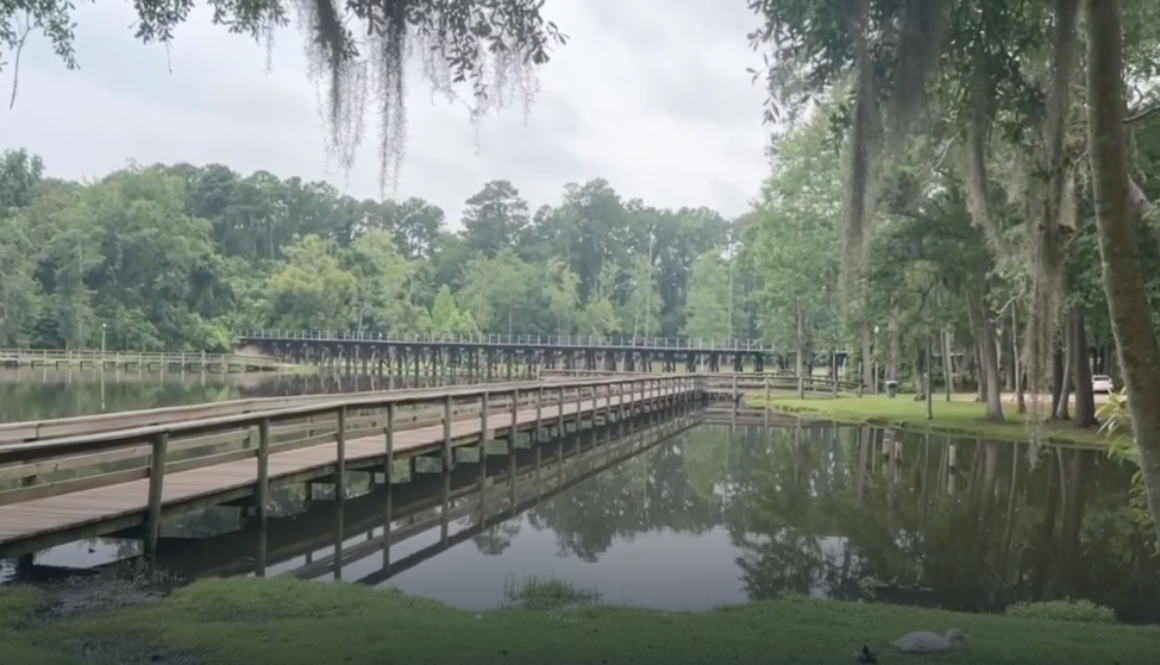
City of Thomasville is enhancing amenities at Paradise Park and Cassidy Road Park
The City of Thomasville is upgrading the amenities at Paradise Park and Cassidy Road Park to enhance the community’s recreational spaces. These improvements aim to provide better facilities and more enjoyable experiences for residents and visitors. Learn more about these exciting developments in the full article from WTXL here.

Camp Dawson delights at Thomasville History Center
Camp Dawson at the Thomasville History Center has been a hit, offering children immersive activities that highlight local history through crafts and storytelling. The program has been praised for making history fun and engaging. Read more about its impact in the full article from the Thomasville Times-Enterprise here.
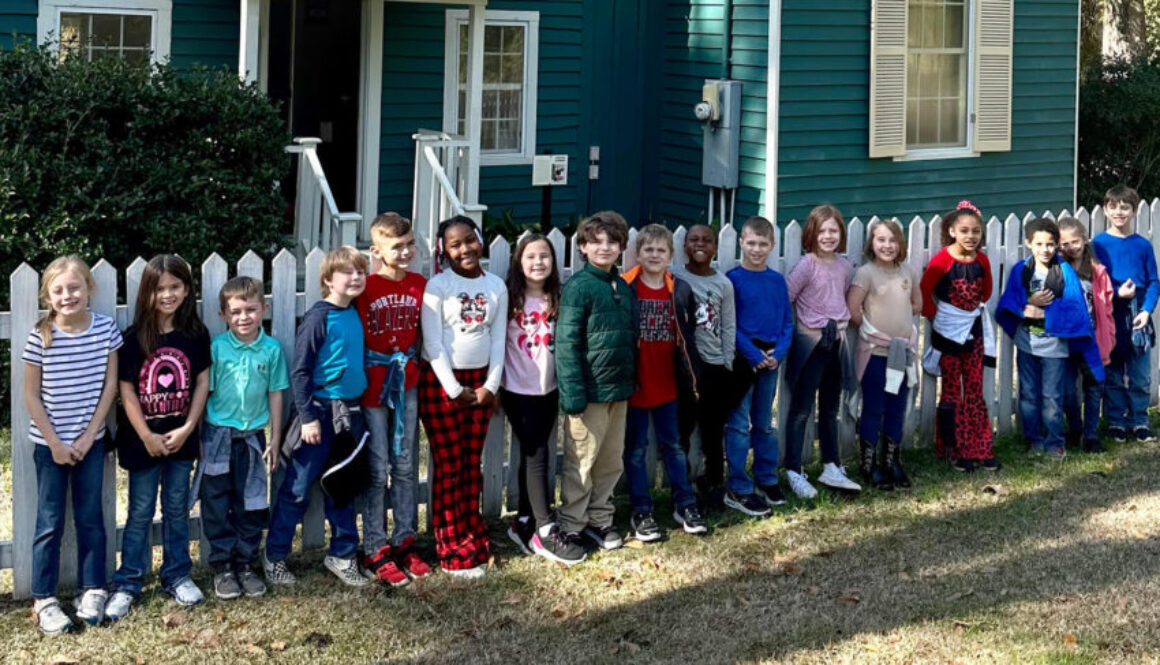
Thomasville History Center expands summer camp at Lapham-Patterson House
The Thomasville History Center has exciting news! This summer, the Center expanded its popular summer camp to include the historic Lapham-Patterson House. Campers enjoyed a range of engaging activities that combined history, creativity, and hands-on learning in this unique architectural gem. The expanded program reflects the Center’s commitment to providing enriching educational experiences that bring history to life for children in the community. Read more about the camp’s success and future plans in the full article from the Thomasville Times-Enterprise here.
